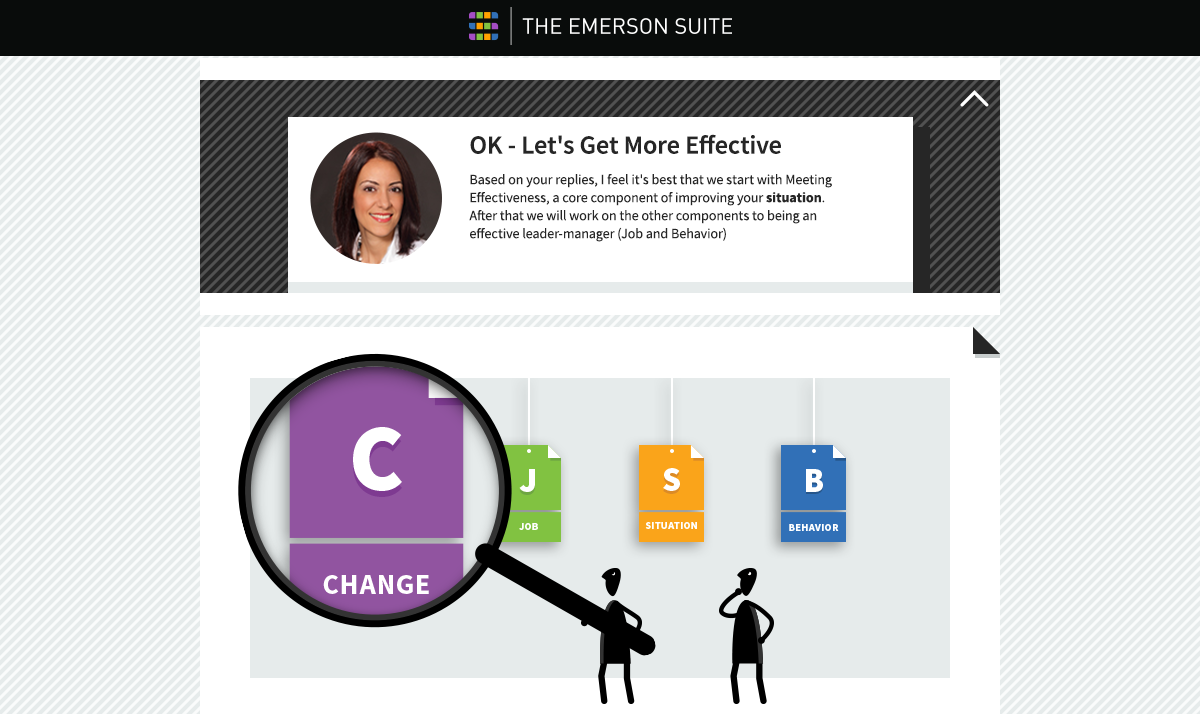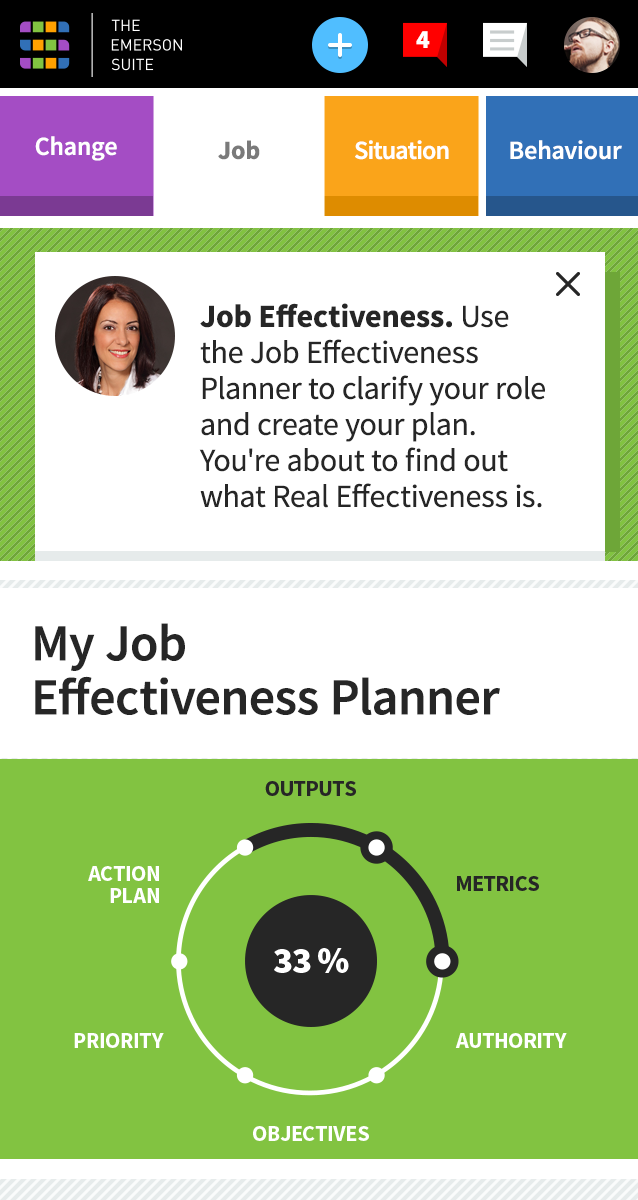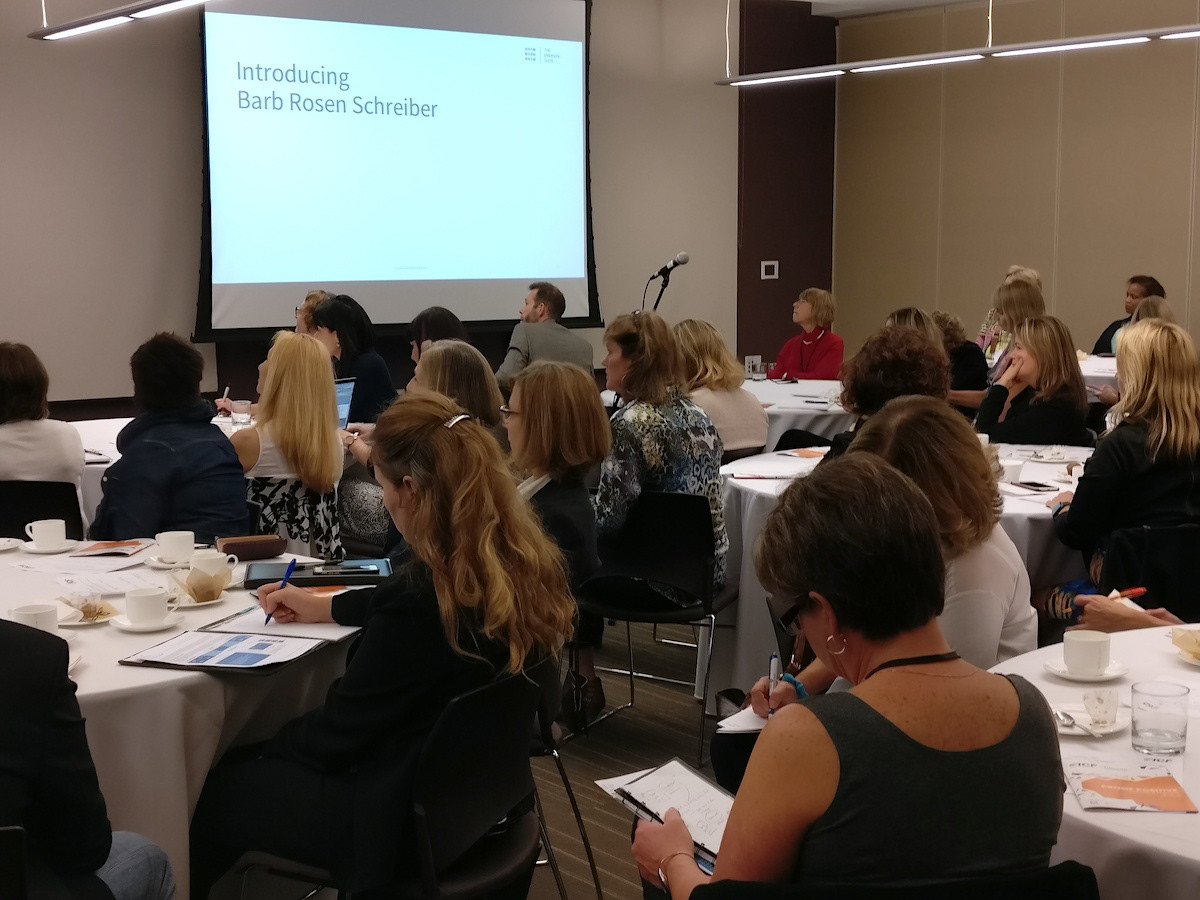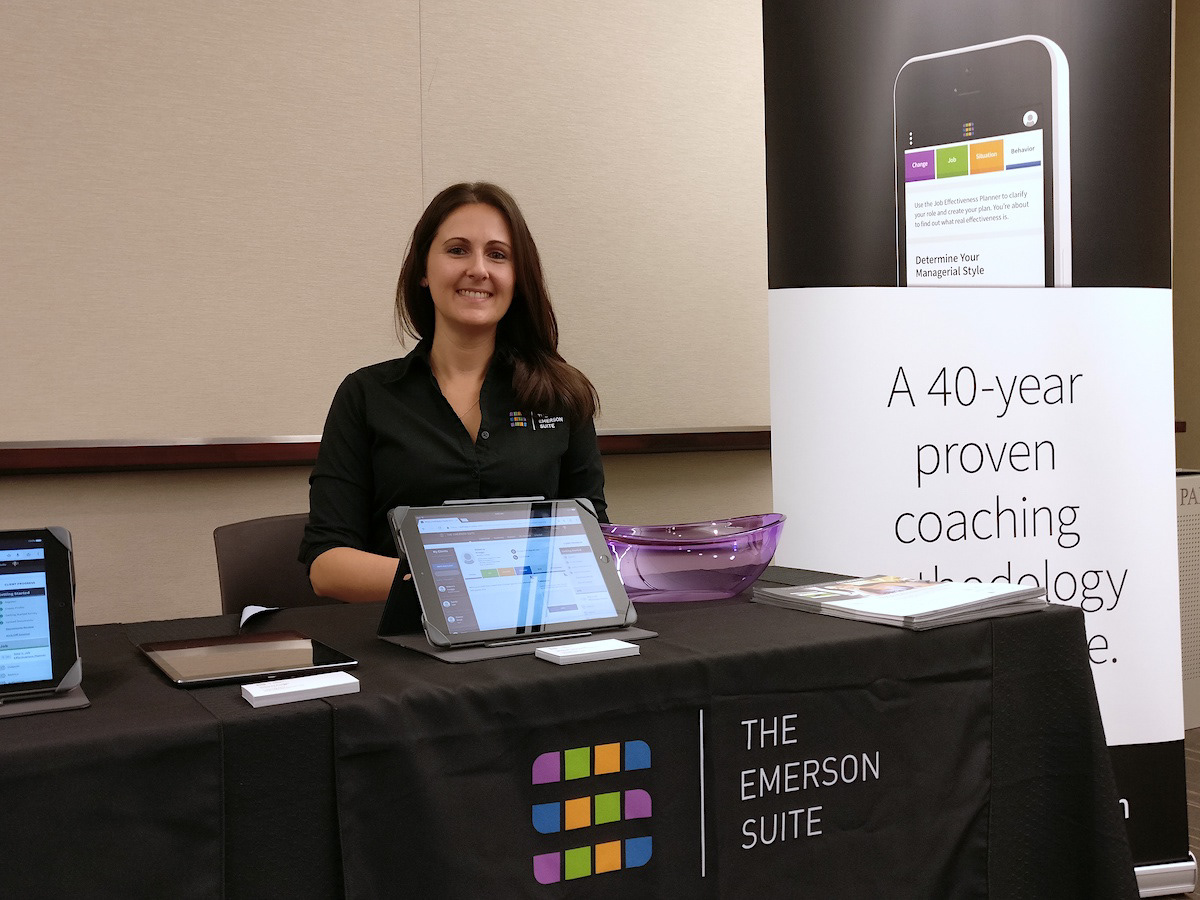Analytical thinking
Task: Improve SaaS product pricing model
Company: The Emerson Suite, SaaS product for business coaches
My title: Creative Director
My role: DesignOp
Company: The Emerson Suite, SaaS product for business coaches
My title: Creative Director
My role: DesignOp
To be honest, pricing has never been my area of expertise, to say the least.
However, as a part of the leadership team, I had to add my two cents (pun not intended).
Price
As a newcomer with limited knowledge about the business coaching field, I had to learn a lot and fast. Luckily, our product strategist equipped me with valuable stats, survey data, and video interviews.
The initial demos of the product and tools had a really great reception.



But the product price was a deal breaker for the majority of coaches. That was a bit surprising since the amount should have been affordable, considering their income.
Was the product value the problem?
Data
Digging deep into the data, my attention was caught by a small logical flaw.
The national survey of the U.S. and Canadian markets clearly stated that an average business coach salary is around $70k, while their median hourly rate was roughly $150 per hour. If you multiply the yearly number of working hours, 2,000, by $150, you get $300,000.
So, where is the extra $230k?


Real World
At the time when I was gripped by this flaw, we were attending the International Coaching Federation Toronto conference. While I was preparing our marketing assets, I thought that this would also be a great opportunity to talk with attendees.



What I learned at the ICF Toronto conference had an impact on our marketing and sales strategies, and it had opened a continuous conversation with our consumers.
Inward Thinking
Most of the coaches I came across were women charging around $150 per hour. That matched the survey data. What didn’t match was that the majority of them weren’t considering their coaching as a full-time job.
There were two groups: first, former executives, financially secured, who saw coaching as a segue to retirement; and second, coaches with an additional source of income, for whom coaching was a sort of side hustle. None of them were working even 1000 hours per year.
The initial product pricing decisions were based on our head coach evangelist and her peer group (video interviews data). These highly successful people were an anomaly.
It was a classic trap of inward thinking. The biases built on insufficient knowledge of the consumer led to inappropriate pricing and pushed product, marketing, and sales in the wrong direction.
The Power of Human-Centered Design
If you think that I nailed down the product price, you’d be wrong. I didn’t. More experienced peers on the leadership team did it. Anyway, that was their job.
What I did is that I raised awareness about the dangers of inward thinking, and I proved the power of human-centered design.
That eventually led to the tiered pricing model adjusted to address the needs of diverse consumer groups.
Learning
Continuous conversation with the consumer is the key.
